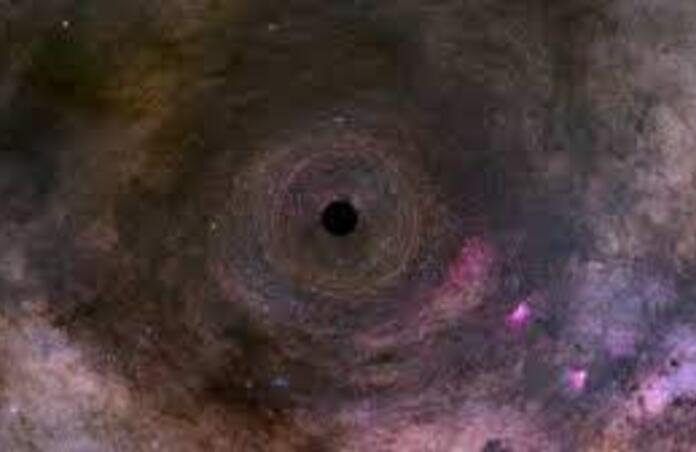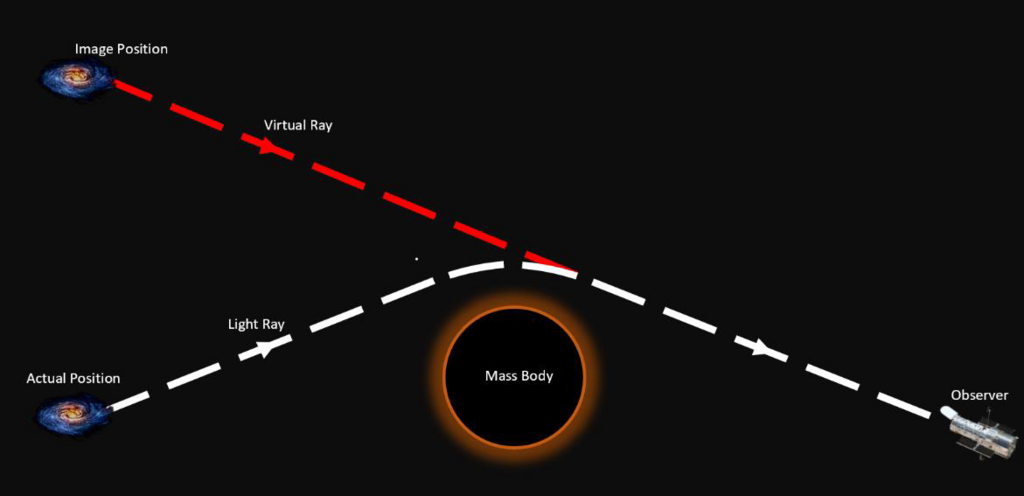HST Astronomers Identify what they Believe is a Rogue Black Hole

In late May, a collaborative study, led by Kailash Suhu, was published claiming that they had managed to identify the first ever isolated black hole, identified by shorthand as OB11046. While by itself, this discovery presents no new information with regards to their nature, it highlights the staggering progress we’ve made in recent years in detecting these bodies.
Previously, black hole detection was very much limited by the fact that they do not emit, nor reflect any detectable electromagnetic radiation. As such, astronomers were only able to infer their presence via two mechanisms.
The first is by tracking the orbits of nearby celestial bodies and observe whether their motion can be modelled by the forces experienced by their neighbours. Any unusual motion can usually be explained by a nearby black hole contributions. The second requires the black hole to form an accretion disk. As matter is caught in the intense gravitational field, it orbits the black hole and is accelerated to intense velocities, causing the material to emit certain wavelengths of high energy electromagnetic radiation, such as x-rays.
The problem here is that either method requires the black hole to be near other stellar mass bodies, as we could only ever identify them via their interactions with nearby objects. All of these have only been observed in binary systems. As such, all previously found black holes remain in the lower end of the mass spectrum and can thus not present an accurate depiction of the total population, which has been estimated to be in the range 10^7 – 10^9 within our milky way.
In the paper published by Sahu et al, they claim to have been the first to identify an isolated black hole, finding it to be located at 1.58 ± 0.18 kpc and with a mass of 7.1 ± 1.3 solar masses. This investigation was conducted on the Hubble space telescope, using a combination of previously used techniques to come to these conclusions.
The most crucial of these was the use of gravitational microlensing to observe the light emitted by distant clusters. Under the intense mass of a black hole, spacetime is deformed considerably into a well. When light passes along the edge of this well, travels along the curved path, and will thus bend around the body. The angle at which this light is deflected is proportional to the mass of the deflecting body as well as the minimum distance between the light ray and the centre of mass, sometimes allowing us to see objects that would otherwise be blocked in our line of sight, beside the object. This, alongside precise astrometry, which identified the speed of the body, relative to a stationary, distant background, allowed the team to deduce a mass and distance.

from a distant galaxy is distorted around the black hole, creating an image of that
galaxy within the line of sight of the observer, despite it not being directly visible.
Unfortunately, while this all seemed exciting, an independent group led by Casey Lam, published their own findings of the same event in early June, identifying that conclusive evidence that the identified body must be a black hole still eludes them. Analysis of the gravitational lensing signal led them to a different mass of 3.0 ± 1.4 solar masses which still allows for the possibility that the body is a neutron star.
While such a conclusion may appear disheartening, it does not discount the achievements and progress mad by these two studies. Even if it turns out that OB11046 is instead a neutron star, these papers have shown that it is feasible to detect these faint objects using gravitational lensing, which pushes us closer to eventually using these techniques to locate and probe such dim and isolated bodies.
--
Cover image credits: FECYT / IAC / NASA / STScI
